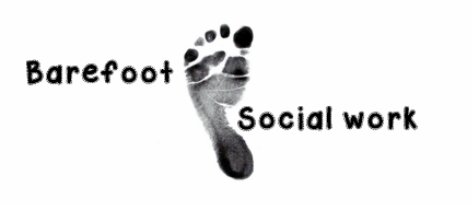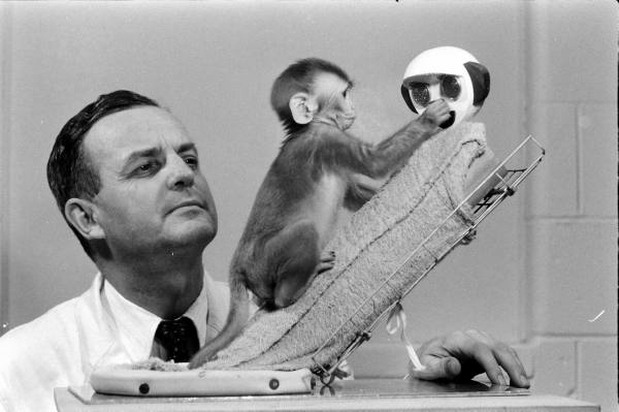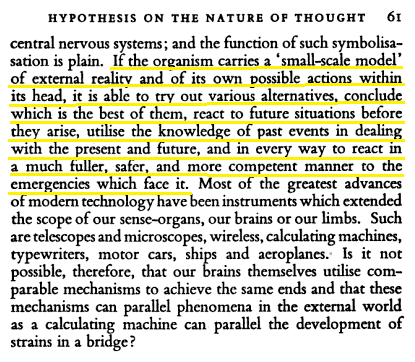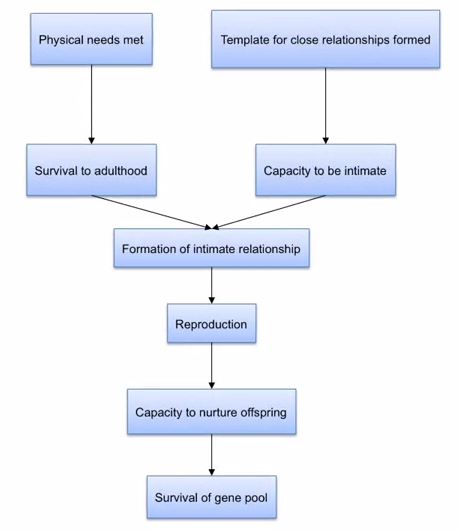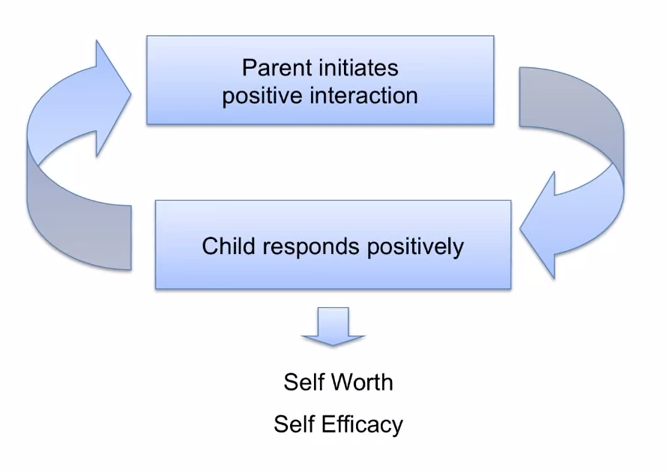|
All social workers in the care system should be trained in recognising and assessing attachment, according to proposed guidelines. The draft guidelines by the National Institute for Health and Care Excellence (NICE) argues that health and social care providers should train all key workers in assessing attachment difficulties and parenting quality, for children in – or on the edge of – care. I couldn't agree more and I'm a little disappointed that this isn't already the case. This post, covering the origins of attachment theory, will be the first in a short series on attachment and it's implications for social work practice. Attachment theory is almost 75 years old. During this time, some elements have changed but the underlying principles remain as true now as then. In the 1940s and 50s John Bowlby worked with children who had been either separated from their parents as war orphans or evacuees or who had experienced significant adversity in their early life. He believed that these children went on to experience a range of emotional, behavioural and psychological difficulties as a result of their early experiences of loss and trauma. Bowlby has been criticised for developing a normative theory of development based on non-normative experiences. He was trained in a psychoanalytic tradition, but was disillusioned by its intrapersonal focus; instead he was influenced by the important empirical discoveries happening around the same time. I’ll outline some of them below: In his 1943 book, The Nature of Explanation, Kenneth Craik described the central nervous system as “a calculating machine capable of modelling or paralleling external events” and saw this as a basic feature of thought. He described the human or animal in this way: This might seem obvious to us now but to John Bowlby it provided a pragmatic explanation to the adverse developmental outcomes he had seen in orphans and institutionalised children; more so than the psychoanalytic training of his background because Craik’s theory was outward looking; seeing the individual in context. John Piaget described intellectual development as a process of adjustment and adaptation to the world. As part of this growth children have to go through a process of assimilation and accommodation. Assimilation involves the inclusion of new information into existing schema or internal working models. Accommodation happens when a child is not able to assimilate information into an existing schema and either has to change the schema or develop a new one. Craik and Piaget were important for attachment theory because they explained how infants develop schemas or maps for future relationships based on prior experiences and learning. 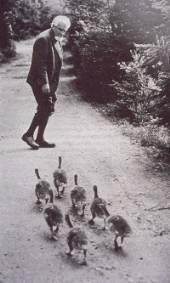 Niko Tinbergen and Konrad Lorenz were ethologists studying the sociology of birds. Their careers travelled in parallel, influencing each other along the way. Lorenz was inspired to conduct a study involving goslings which ultimately led to the imprinting hypothesis. In this study Lorenz split a large hatch of goslings, leaving half with the mother and taking the other half and raising them himself. Over the course of their development the goslings quickly identified him as their primary attachment figure and followed him, copying his behaviour. He taught them to swim, he used to call them with a special horn for feeding time and they always followed him. When they were given the opportunity to return to their birth mother, they didn’t recognise her as such, instead preferring Lorenz. This taught us about the importance and probable biological nature of the bond between mother* and offspring, in which the mother, the primary attachment figure, is the one who provides physical and emotional care and nurture. As a light break, you might enjoy the following Tom & Jerry cartoon where they, in a very flippant and simplified manner, explain the concept of imprinting. Later, in the 1960s Harry Harlow carried out a series of lab based experiments on monkeys (seen at the top of this post), rearing them in total social isolation. The study, which was unquestionably cruel, showed that monkeys were preferentially seeking out a cloth mother for nurturing; spending up to 18 hours a day holding onto her and seeking out a wire mother only for food. All the means for a healthy development were available and yet the monkey showed severe damage as a result of their experiences. The study suggested that mammals need reciprocal nurturing and attachment as much as they need their physical needs met. Bowlby hypothesised that since humans cannot survive without adult care our evolutionary history has selected pre-wired dispositions on both the part of the adult and the child that ensure human survival. From this basis, Bowlby developed a model of attachment that is monotropic (has a single attachment figure). It’s focussed on survival of the individual and the species and is integrated with human development to both influence broader developmental outcomes and be influenced by individual and contextual factors. Within this model tasks are identified for care giver and child that promote reciprocity and ultimately autonomy. The goal is to maintain emotional and physical equilibrium of the child thus keeping their attachment systems settled, allowing exploration and learning. During periods of distress the attachment system is activated and takes priority over the exploratory system. The regulation of emotion and behaviour are tasks that the care giver and child accomplish together through reliable, responsive and consistent care giving. The care giver provides the infant with the necessary up-regulation and down-regulation that the infant needs. Consequently, parents that are not attuned to the infants needs, and cannot reliably and consistently provide care, leave the child without the necessary external regulatory support. Over time this develops into a complex system which affects the way in which a child, and eventually adult, responds to their own needs and to those other others.
I hope you've found this post interesting. You might also be interested in my post on Attachment Based Family Therapy. I'll write more on the current debates in attachment and methods of assessment soon. Follow me on facebook and twitter so you don't miss them.
0 Comments
Your comment will be posted after it is approved.
Leave a Reply. |
AuthorI'm a Qualified Children's Social Worker with a passion for safeguarding and family support in the UK. Archives
August 2016
Categories
All
|
